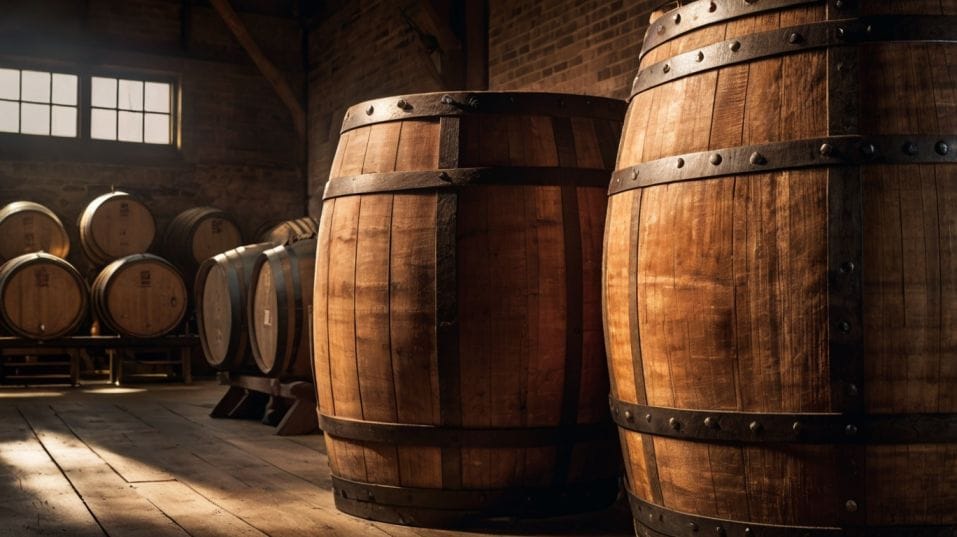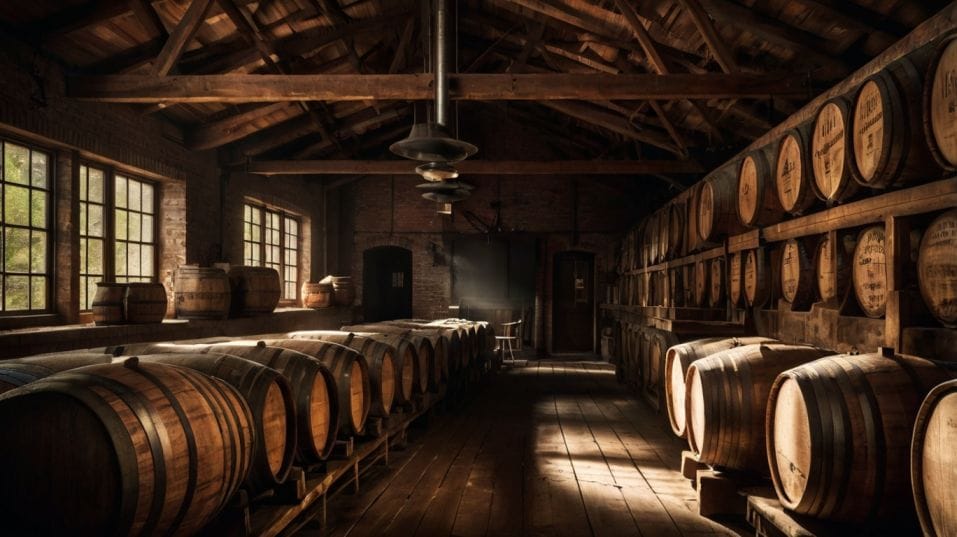How Temperature Swings Accelerate Maturation
Discover how temperature swings shape whiskey flavor faster than time—ideal for new collectors ready to taste with clarity and confidence.

Ever wonder why one five-year whiskey tastes rich and complex while another feels thin and flat? The answer isn’t age—it’s action.
For whiskey newcomers ready to go deeper, here’s a game-changer: temperature swings drive maturation. As heat rises and drops, whiskey moves, breathes, extracts flavor.
That motion makes barrels come alive. If you want to understand what really builds flavor, stop staring at age statements and start watching the thermometer.
Why Temperature Swings Matter
When people say whiskey “ages in the barrel,” they’re only half right. Age is a number. Maturation is a process.
That process depends on interaction: between the spirit, the wood, and the air around it. Temperature is what fuels that interaction.
Here’s what’s really happening: as temperatures rise, the whiskey expands. Literally. It pushes into the staves, seeping deep into the wood.
As things cool down, it contracts—drawing back out of the oak, now loaded with complex flavor compounds. Tannins. Lignins. Lactones. These aren’t buzzwords. They’re what give whiskey its backbone, its bite, its beauty.
This expansion-contraction cycle acts like a pump. A living system. The more often and more intensely it happens, the more extraction you get.
That means more flavor, faster color change, and quicker softening of raw spirit edges. In short: faster maturation. Not rushed. Just more active.

Climate Is a Maturation Tool
Think about where whiskey is made. A rickhouse in Kentucky sees summer highs in the 90s and freezing winter lows.
Compare that to coastal Scotland, where the temperature might fluctuate ten degrees in either direction, slowly, over weeks. That’s a wildly different environment for a barrel to live in.
In hot, dry climates—Texas, parts of India, even Tennessee—maturation ramps up aggressively. A four-year-old bourbon can drink like it’s ten.
Rich color, intense oak, bold structure. That doesn’t mean it's “better,” but it’s definitely different. You’ll taste more caramelized sugars, punchier spice, heavier wood influence.
Cooler, steadier climates produce slower, often more delicate expressions. Think more subtle esters, softer textures, a longer runway for nuance to develop. But this takes time.
Years longer. That’s why Scottish distilleries often age for 12, 15, even 20 years before releasing a flagship product. The whiskey needs that time to develop complexity without over-oaking.
Understanding this lets you evaluate bottles with more clarity. You stop assuming “older equals better,” and you start looking for signs of how that whiskey matured, not just how long it sat in a barrel.
Warehouse Strategy: It’s Not Just the Weather
Temperature swings aren’t only about geography—they’re also about warehouse design and barrel management.
Barrel Placement and Management
Some distilleries rotate barrels between floors to balance heat exposure. Others stack them high, low, or near outer walls to intensify certain effects.
In Kentucky, the top floor of a rickhouse can hit 120°F in summer. The bottom might stay in the 70s. That difference matters.
And it’s not random. Master distillers use these zones strategically. Want a bold, oak-forward profile? Top floor. Want something rounder, more balanced?
Middle rick. Some producers blend across floors. Some single-barrel bottlings even call out specific warehouse levels—because serious collectors and tasters know those details affect flavor.
Barrel Construction
Then there’s barrel construction. Heavier char levels, seasoned staves, tight or open grain—all of these interact with temperature to influence how the whiskey matures.
A well-made barrel in an active climate can perform magic in four years. A poorly constructed one in a lazy climate? You’ll wait a decade and still get mediocrity.
How This Changes the Way You Drink
When you understand the role temperature plays, you start tasting whiskey differently.
That dry spice note? Might be the result of rapid wood extraction from intense heat. That buttery mouthfeel?
Could come from slower, deeper maturation in a damp, cool warehouse. That intense nose on a five-year-old bourbon? Likely the result of wild seasonal swings pushing flavor into overdrive.
You don’t have to be a chemist or a historian. Just pay attention. Taste two whiskeys with similar mash bills and proof, but different origins. A rye from Indiana and a rye from Nevada.
A bourbon from Kentucky and one from Colorado. Compare how the flavors show up—how quickly, how aggressively, how smoothly. That’s temperature at work.
Collecting gets smarter, too. You begin to notice patterns. Certain regions consistently deliver bold flavor early. Others reward patience.
You stop chasing high age statements and start looking for how a whiskey earned its profile. That’s when collecting turns from luck into strategy.
Final Thoughts
Temperature swings are the silent force behind whiskey’s transformation. They don’t just age a spirit—they animate it. They pull it into the wood and drag it back out, soaked with flavor and structure.
Once you tune into this process, everything about whiskey—how it tastes, how it develops, what it’s really worth—starts to make more sense.
So next time you pour something, don’t just glance at the label. Ask where it came from. Think about how the barrel lived.
Was it sweating through scorching summers, or relaxing in a foggy coastal dunnage? That context gives you power. It sharpens your taste, refines your collection, and builds your confidence.
Whiskey is patient—but it’s also alive. Start treating it like a process, not a product. Taste something new today. Compare. Ask questions. Build your palate, one pour at a time.




